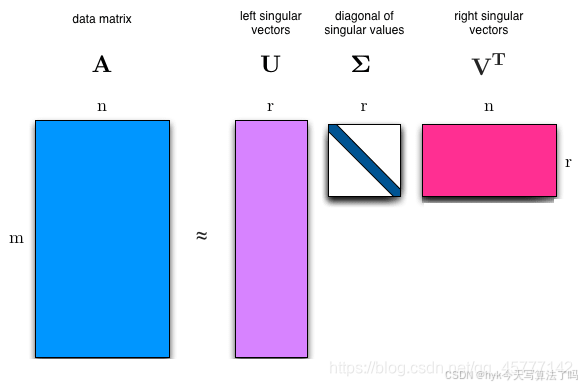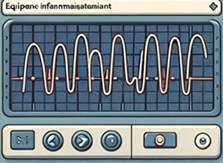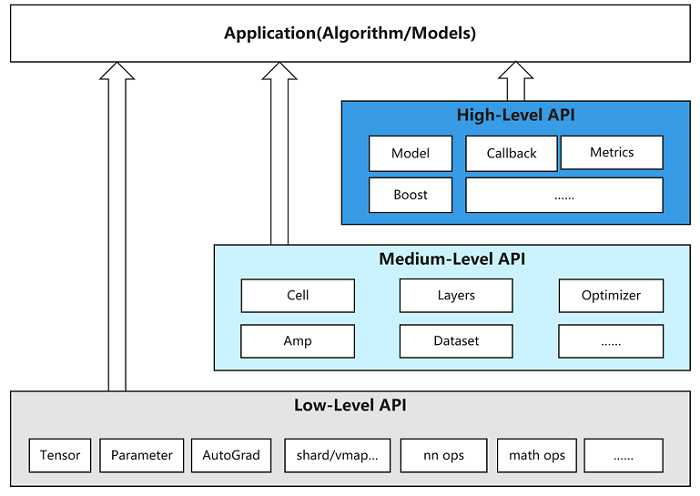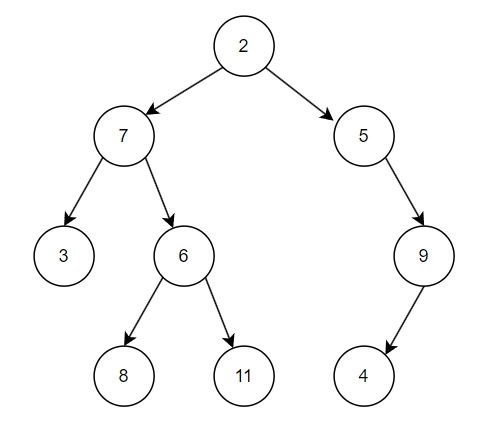目录
一、 判断两个矩形是否相交
二、判断两条线段是否相交
三、判断点是否在多边形内
四、垂足计算
五、贝塞尔曲线
六、坐标系
一、 判断两个矩形是否相交
当矩形1的最大值比矩形2的最小值都小,那矩形1和矩形2一定不相交,其他同理。
struct Point {
double x;
double y;
};
struct Rec {
Point min;
Point max;
};
bool is_rec_overlap(const Rec& r1, const Rec& r2) {
if(r1.max.x < r2.min.x
|| r1.max.y < r2.min.y
|| r2.max.x < r1.min.x
|| r2.max.y < r1.min.y) {
return false;
} else {
return true;
}
}二、判断两条线段是否相交
排斥实验+跨立实验
#include<iostream>
#include<vector>
struct Point {
double x;
double y;
Point(double _x, double _y) : x(_x),y(_y) {}
};
struct Edge {
Point s;
Point e;
Edge(const Point& _s, const Point& _e) : s(_s),e(_e) {}
};
// 判断点在直线的左右侧:计算叉积(p_e_p_s) × (p-p_s)
// 若返回结果>0,则点p在线段ps_p_e的左侧;
// 若返回结果<0,则点p在线段ps_p_e的右侧;
// 若返回结果=0,则点p与ps、p_e共线;
double is_left(const Point& p, const Point& p_s, const Point& p_e) {
return (p_e.x - p_s.x)*(p.y - p_s.y) - (p_e.y - p_s.y)*(p.x - p_s.x);
}
bool edges_intersect(const Edge& edge1, const Edge& edge2) {
// 排斥实验:最小外包框不想交,edges不可能相交
if(std::min(edge1.s.x, edge1.e.x) > std::max(edge2.s.x, edge2.e.x)
|| std::min(edge1.s.y, edge1.e.y) > std::max(edge2.s.y, edge2.e.y)
|| std::min(edge2.s.x, edge2.e.x) > std::max(edge1.s.x, edge1.e.x)
|| std::min(edge2.s.y, edge2.e.y) > std::max(edge1.s.y, edge1.e.y)) {
return false;
}
// 跨立实验:edge1的两个端点在edge2的两侧,且edge2的两个端点在edge1的两侧,则edges相交。
if(is_left(edge1.s, edge2.s, edge2.e) * is_left(edge1.e, edge2.s, edge2.e) <= 0
&& is_left(edge2.s, edge1.s, edge1.e) * is_left(edge2.e, edge1.s, edge1.e) <= 0) {
return true;
}
return false;
}参考:https://www.cnblogs.com/TangMoon/p/7611115.html
三、判断点是否在多边形内
简单版
// 判断点在多边形内部还是外部(射线法):
// 从待判断的点出发,向某一方向(这里假设水平向右)发射一条射线;
// 遍历多边形的每一条边,检查射线是否相交
// 统计交点数量,若为偶数,则点在外部,否则,点在内部。
// 这里交点的判断简化为:edge的两个端点y值一个大于pt.y,一个小于pt.y,同时统计pt所在水平直线与edge交点的x值小于pt.x的个数。
bool is_in_polygon(const Point& pt, const std::vector<Point>& polygon) {
int count = polygon.size();
if(count < 3) {
return false;
}
int intersecting_count = 0;
for(int i = 0; i < polygon.size(); i++) {
Point edge_s = polygon.at(i);
Point edge_e = polygon.at((i+1)%count);
if((pt.y <= edge_s.y && pt.y > edge_e.y
|| pt.y <= edge_e.y && pt.y > edge_s.y)) {
// 外层的if保证了edge_e.y != edge_s.y
double pt_on_edge_x = (pt.y - edge_s.y) * (edge_e.x - edge_s.x) / (edge_e.y - edge_s.y) + edge_s.x;
if(pt_on_edge_x < pt.x) {
intersecting_count++;
}
}
}
return intersecting_count % 2 == 1;
}参考:https://www.cnblogs.com/tgycoder/p/4901600.html
四、垂足计算
double cal_distance_square(const Point& pt1, const Point& pt2) {
return (pt2.x - pt1.x) * (pt2.x - pt1.x) + (pt2.y - pt1.y) * (pt2.y - pt1.y);
}
// 计算(p_e-p_s)和(p-p_s)的点积
double dot_product(const Point& p, const Point& p_s, const Point& p_e) {
return (p_e.x - p_s.x)*(p.x - p_s.x) + (p_e.y - p_s.y)*(p.y - p_s.y);
}
// 判断点pt到edge的投影点project_pt与edge的关系
/* r = AP dot AB / ||AB||^2
r=0 : project_pt = A
r=1 : project_pt = B
r<0 : project_pt is on backward extension of AB
r>1 : project_pt is on forward extension of AB
0<r<1: project_pt is on AB
*/
double relation(const Point& pt, const Edge& edge) {
double len_square = cal_distance_square(edge.s, edge.e);
// 特殊情况处理
if(len_square < EP) {
if(cal_distance_square(pt, edge.s) < EP) {
return 0;
} else {
return -1; // 随便给个<0或>1的值
}
}
return dot_product(pt, edge.s, edge.e) / len_square;
}
// 计算点pt到线段edge投影点.
// 若投影点在线段上,则project_pt赋值投影点,返回true
// 若投影点不在线段上,则project_pt赋值最近点,返回false。
bool calc_project_pt(const Point& pt, const Edge& edge, Point& project_pt) {
double r = relation(pt, edge);
if(r < 0) {
project_pt = edge.s;
return false;
} else if (r > 1) {
project_pt = edge.e;
return false;
}
project_pt.x = edge.s.x + r * (edge.e.x - edge.s.x);
project_pt.y = edge.s.y + r * (edge.e.y - edge.s.y);
return true;
}五、贝塞尔曲线
n阶贝塞尔曲线:
n阶贝塞尔曲线递归表达:
二次贝塞尔曲线:
贝塞尔曲线(Bezier Curve)原理、公式推导及matlab代码实现-CSDN博客


















